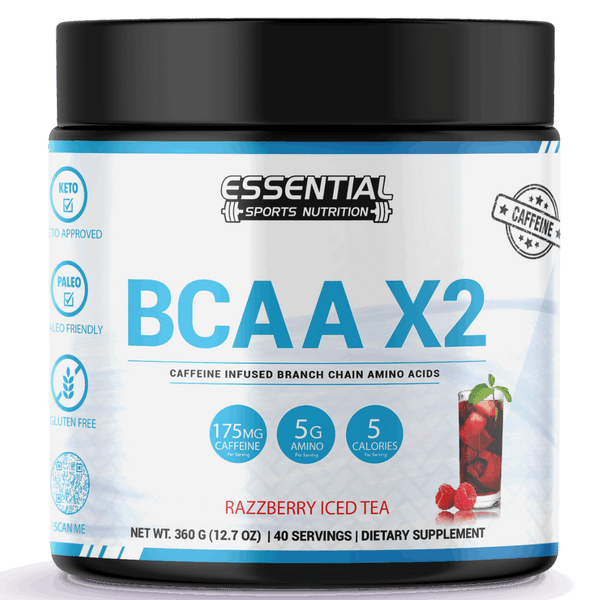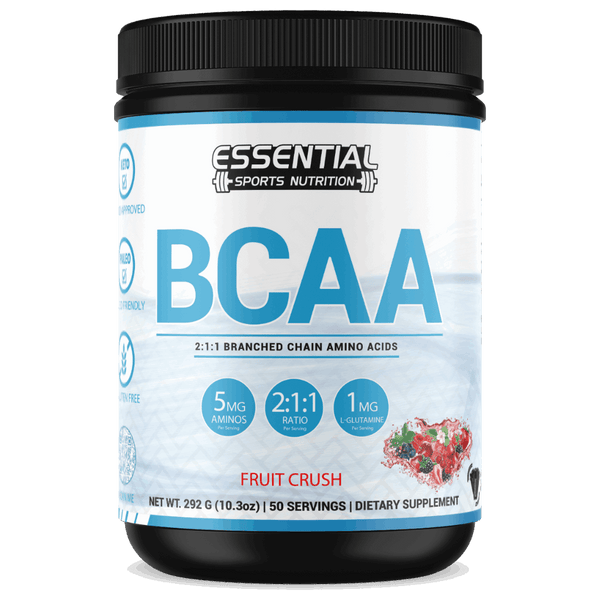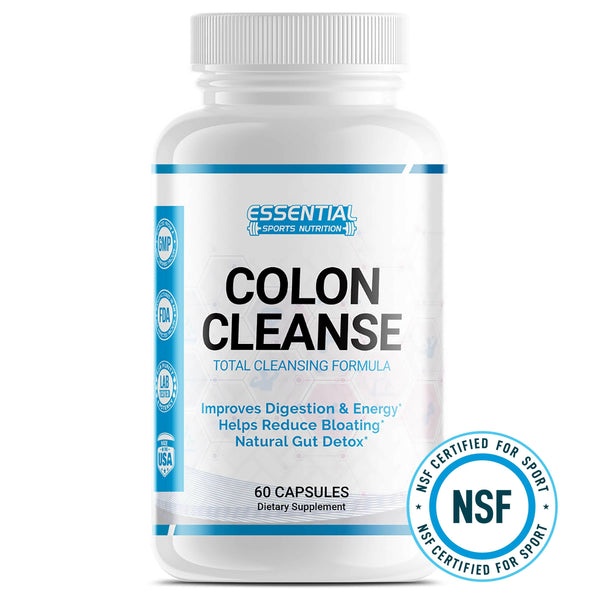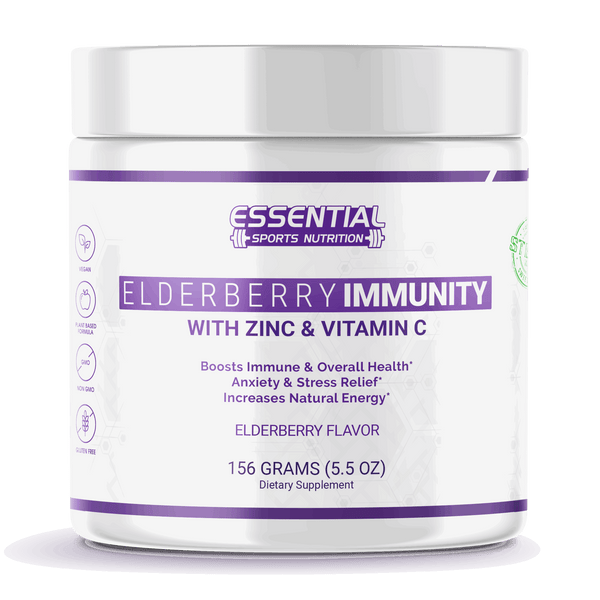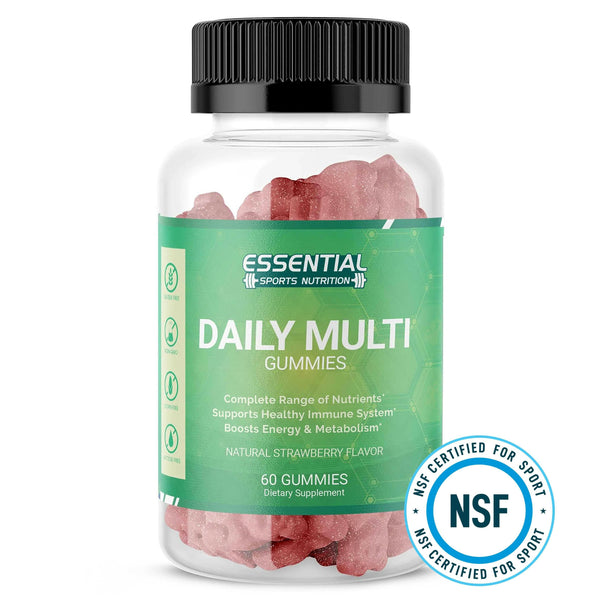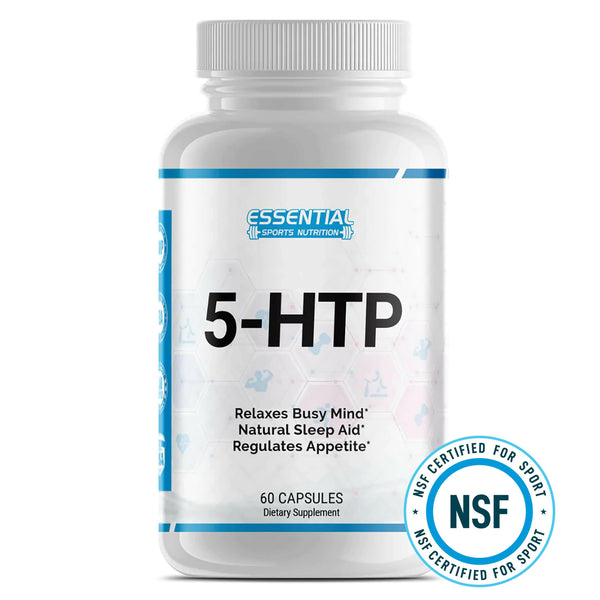Improving Vitamin Absorption Through Diet: Most Effective Methods
Many people struggle to get the most out of the vitamins they consume. The hustle and bustle of daily life, combined with modern agricultural practices, may leave your produce lacking essential nutrients.
As a result, even those eating a balanced diet can face nutrient absorption issues.
Did you know that pairing certain foods can significantly boost vitamin uptake? For example, combining Vitamin C with plant-based iron makes both nutrients more absorbable. This is one simple strategy to enhance your diet's effectiveness.
In this blog post, we'll explore 10 effective ways to improve vitamin absorption through diet. You'll learn about optimal food pairings, cooking methods, probiotics' role in digestion, and much more.

Key Takeaways
- Food Pairings Enhancements: Pair foods rich in Vitamin C with plant-based iron sources to boost absorption. Combine foods like spinach and oranges or beans and citrus salads for better results.
- Importance of Cooking Methods: Steaming vegetables retains more nutrients compared to boiling, which can cause nutrient loss. Use steaming to keep the natural flavors and nutritional value intact.
- Probiotics and Prebiotics Role: Include foods like yogurt, sauerkraut, bananas, onions, and garlic in your diet to improve gut health. These help break down food efficiently for better vitamin absorption.
- Synergistic Vitamins Combinations: Consume Calcium with Vitamin D or Iron with Vitamin C together to enhance nutrient uptake. This combination strengthens bones and improves overall nutrient utilization.
- Meal Timing Matters: Eating smaller meals every 3-4 hours maintains energy levels and enhances digestive efficiency. Avoid large late-night meals for optimal vitamin absorption.
Optimal Pairings for Enhanced Absorption

Pairing certain vitamins and minerals can boost their absorption in the body. Eating vitamin C-rich foods with plant-based iron helps your body absorb more iron.
Vitamin C with Plant-Based Iron
Consuming vitamin C-rich foods like oranges and bell peppers can boost iron absorption from plant-based sources such as spinach and lentils. Vitamin C helps turn non-heme iron into a form the body can more easily absorb.
This is particularly beneficial for those on vegetarian or vegan diets, who may struggle to get enough iron.
Including vitamin C with meals rich in plant-based iron also helps prevent conditions like iron-deficiency anemia. Adding strawberries to your morning oatmeal or having a citrus salad with beans are simple ways to enhance your nutrient intake.
Vitamin C paired with plant-based iron can enhance iron absorption in the body.
Vitamin D with Calcium
Vitamin D helps your body absorb calcium better. You find calcium in foods like milk, cheese, and yogurt. These two work together to make your bones strong.
If you take vitamin D pills, also eat calcium-rich foods. This can keep your teeth and bones healthy. While sunshine gives you vitamin D, drinking milk gives you calcium and vitamin D together.
For people with weak bones or osteoporosis, this combo is great for support.
Importance of Fat-Soluble Vitamins with Dietary Fats

Fat-soluble vitamins need fats to be absorbed effectively. Eating them with healthy oils or fats ensures your body can use these essential nutrients.
Vitamins A, D, E, and K with Fats or Oils
Eating vitamins A, D, E, and K with fats or oils helps your body absorb them better. Add butter or olive oil to your veggies to make sure you get these essential nutrients. For example, drizzling olive oil over a salad can help you make the most of vitamin K.
The best way to take in fat-soluble vitamins is by pairing them with healthy fats, says Dr. Jane Smith, nutrition expert.
For breakfast, try scrambled eggs cooked in a bit of avocado oil. This not only boosts flavor but also improves vitamin absorption. Simple changes like these ensure your body gets the nutrients it needs for optimal health.
The Role of Cooking Methods

4. The Role of Cooking Methods: Steaming vegetables preserves vitamins better than boiling them.
Steaming vs. Boiling
When considering the best cooking methods for nutrient retention and vitamin absorption, steaming and boiling stand out. Let's explore the key differences and benefits of each method.
| Aspect | Steaming | Boiling |
|---|---|---|
| Nutrient Retention | Helps retain more nutrients | Can lead to nutrient loss |
| Cooking Time | May take longer | Faster |
| Texture and Color | Preserves texture and color | Can result in overcooking |
| Flavor Retention | Retains natural flavors, great for fish | Can dilute flavors |
| Glycemic Index | May lower glycemic index | Can affect glycemic index |
| Fat-Soluble Vitamins | Works well with healthy fats | Also enhances fat-soluble vitamin absorption |
- Steaming helps retain more nutrients compared to boiling.
- It's a gentle method that preserves the texture and color of vegetables.
- Steaming is ideal for cooking fish to maintain its natural flavor.
- Though slower, steaming ensures minimal nutrient loss.
- Boiling is faster but can cause nutrients to leach into the water.
- Both methods can enhance absorption of fat-soluble vitamins when paired with healthy fats.
- Each method affects the glycemic index of foods differently.
By understanding these cooking methods, you can make informed choices to optimize your nutrient intake and improve your overall health.
Utilizing Probiotics and Prebiotics

Probiotics and prebiotics are crucial for gut health and vitamin absorption. Probiotics are good bacteria found in fermented foods like yogurt, sauerkraut, and kombucha. These bacteria help break down food and absorb nutrients more effectively.
Prebiotics, on the other hand, are fibers that feed these good bacteria. Foods rich in prebiotics include bananas, onions, garlic, and whole grains.
Consuming both probiotics and prebiotics ensures a healthy digestive system. A balanced diet with plenty of these foods can boost gut flora and improve how your body absorbs vitamins such as B12 and K2.
Over 220 million Americans take supplements daily but many are poorly absorbed without a healthy gut environment. Eating probiotic-rich foods helps increase the bioavailability of essential vitamins from your diet.
Synergistic Effects of Vitamin Combinations

Taking certain vitamins together can boost how well your body absorbs them.
Calcium and Vitamin D
Calcium and Vitamin D work together to help your body absorb calcium better. Calcium is vital for building strong bones, while Vitamin D helps the calcium get into your bones. Without enough Vitamin D, your body can't use the calcium you intake effectively.
Vitamin K2 also plays a key role here. It directs calcium away from blood vessels and towards the bones. This reduces the risk of heart disease by preventing calcium buildup in arteries.
Eating foods rich in these vitamins ensures better health and stronger bones. Daily sunlight exposure can boost your Vitamin D levels naturally.
Iron with Vitamin C
Combining iron with Vitamin C boosts your body's ability to absorb iron. Consuming fruits like oranges and strawberries with foods rich in non-heme iron, such as black beans or spinach, aids this process.
Vitamin C converts non-heme iron into a form the body can easily absorb. Including vegetables like bell peppers or broccoli in meals improves nutrient absorption. Pairing an iron supplement with a glass of orange juice can also enhance benefits.
Impact of Meal Timing on Nutrient Absorption

Eating meals at the right time can boost nutrient absorption. The digestive system works best when given regular intervals to process food. Eating smaller, balanced meals every 3-4 hours helps keep energy levels stable and improves vitamin intake.
Consuming fats with vitamins A, D, E, and K during main meals ensures they are better absorbed. Including a mix of proteins and carbohydrates aids in slower digestion and steady nutrient release.
Avoiding large meals late at night prevents poor digestion and nutrient loss.
Reducing Inhibitors to Absorption

Avoid pairing calcium-rich foods with iron-rich meals to improve your body's nutrient uptake. Minimize tea and coffee during meals since they can block vitamin absorption.
Avoiding Calcium with Iron
Consuming calcium-rich foods or supplements with iron-rich foods can interfere with iron absorption. Calcium inhibits the absorption of non-heme iron found in plant-based sources. To ensure optimal iron intake, avoid eating calcium and iron together at the same meal.
Instead, pair your iron-rich foods with vitamin C to boost absorption. For example, enjoy a spinach salad (iron) with orange slices (vitamin C), but skip the cheese topping (calcium).
This way, you'll get more benefits from both nutrients without them competing for absorption in your digestive system.
Minimizing Tea and Coffee with Meals
Tea and coffee contain compounds called tannins. These tannins can inhibit the absorption of iron and other essential nutrients. Drinking these beverages with meals may reduce the amount of vitamins your body absorbs, especially water-soluble vitamins like Vitamin B12 and C.
To improve nutrient uptake, consider consuming tea or coffee between meals rather than during them. This small change helps ensure your digestive system focuses on absorbing important minerals and vitamins like calcium without interference from inhibitors found in these popular drinks.
The Benefits of Whole Foods Over Supplements

Whole foods offer the best vitamin absorption compared to supplements. Fruits, vegetables, meat, and legumes contain vitamins in natural forms that the body can easily recognize and use.
In contrast, nutritional supplements sometimes come with fillers or additives that may reduce their effectiveness.
Eating a healthy diet gives your body more than just vitamins and minerals. Whole foods also have antioxidants, fiber, and other compounds that support overall health. For example, an orange offers not only Vitamin C but also fiber and various bioavailable nutrients working together for better digestion and nutrient absorption.
Whole food sources are often fresher and retain higher nutritional value due to less processing.
Conclusion

Eat fruits and vegetables with the right foods to help your body absorb vitamins better. Use oil or fat when taking vitamins A, D, E, and K for best results. Steam veggies instead of boiling them to keep more nutrients intact.
Add probiotics like yogurt to boost digestion and absorption. Small changes in diet can make a big difference in how your body gets essential vitamins it needs.
Vitamin Absorption FAQs
Q: How can I improve vitamin absorption through diet?
A: You can improve vitamin absorption by eating a healthy, balanced diet that includes nutrient-dense foods and using cooking techniques like stir-frying to retain vitamins.
Q: What are some effective ways to boost the absorption of Vitamin D?
A: Boost Vitamin D absorption by spending time in sunlight, consuming foods rich in the sunshine vitamin, and considering a liquid vitamin supplement if you have nutritional deficiencies.
Q: Can digestive enzymes help with better nutrient uptake?
A: Yes, digestive enzymes aid in breaking down food so your body can absorb nutrients more efficiently, which is crucial for those with malabsorption syndrome or other digestive issues.
Q: Why is pairing certain nutrients important for better absorption?
A: Nutrient pairing helps enhance the body's ability to absorb vitamins and minerals; for example, combining Vitamin C-rich foods with iron-rich crops improves iron uptake.
Q: Are there specific vitamins that require special attention for better digestion?
A: Yes, B-complex vitamins need intrinsic factor from the stomach lining for proper absorption in the small intestine. Magnesium deficiencies can also hinder overall nutrient uptake.
Q: How do cooking techniques affect vitamin retention in food?
A: Cooking methods like freezing and stir-frying preserve antioxidant activity and prevent loss of essential nutrients compared to longer cooking processes that may degrade them.


